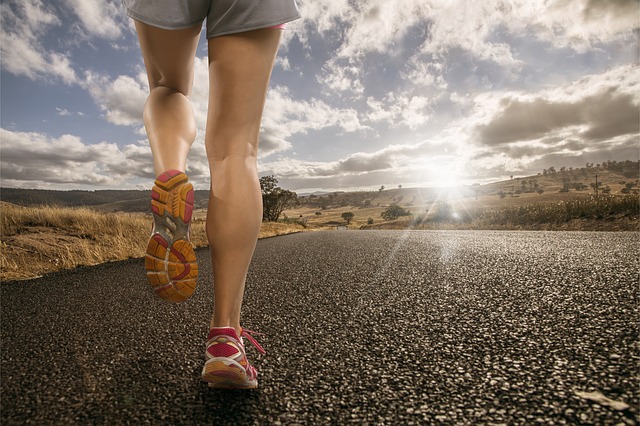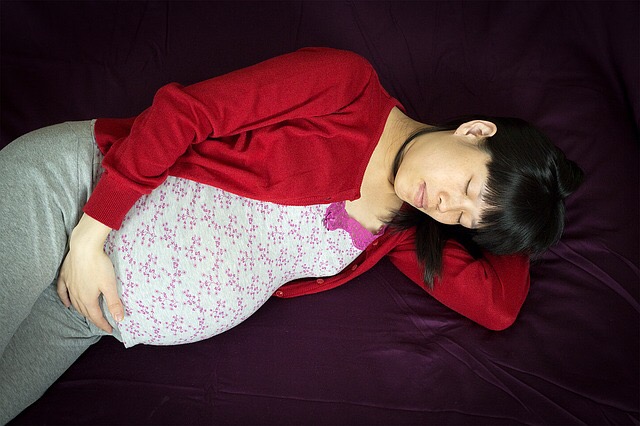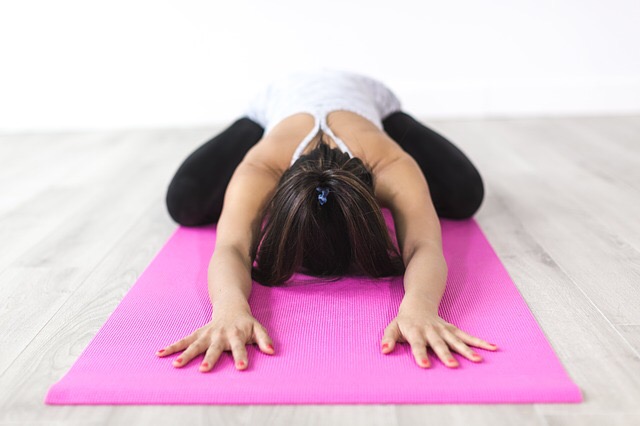Archive for April 2018
The Power of Pelvic Stability for Runners
Runners should think more critically about the pelvis
There are several joints that connect at this crucial junction between lower and upper body:
- The sacroiliac joint
- Iliofemeral joint, aka hip joint
- Pubic symphysis
True, all of these joints need to be able to move fully (they need full range of motion), in order for you to run effectively. But this movement must also be stabilized. Without stability in the pelvis, these joints are susceptible to excessive motion, and this is where the problems begin. Think about its location: the pelvis is at the base of the spine, meaning that if this region is sliding around uncontrollably, the rest of your body is destabilized. Spinal alignment is threatened and the forces being transferred from lower to upper body while you run wreak havoc.
Taking Your Neck Pain Seriously
A sore, stiff neck is not normal!
It is your body telling you that something is wrong- and most likely it is something to do with your lifestyle. The head is the heaviest single structure in your body, weighing between 10 and 12 pounds. In normal circumstances, this weight is being pressed downwards on the spine, creating a compression that strains intervertebral discs. The cervical spinal segment is the first section of spine to receive this compression, and the strain manifests itself in stiffness and neck pain. If you then add poor posture, like text neck, to the mix, you increase the amount of downward pressure that your head causes to your spine. Over time, cervical discs become more susceptible to this pressure and, if they succumb to it, conditions like herniated discs become a reality.
The Role of the Psoas Muscle in Lower Back Pain
A little-known muscle that can cause a lot of back pain
When it comes to lower back pain, the region where the spine connects to the lower body is of critical importance. There is an intricate network of muscles, structures and nerves which connect at this crucial intersection; thus, there is a lot of potential for tension, misalignment and injury to disrupt your body’s natural balance and cause pain. Today, we are going to focus on one muscle in particular that flies under the radar: the psoas.
The Best Sleep Position for Pregnancy
Sleeping well is a key element of a successful pregnancy
When it comes to sleeping during pregnancy, not all positions are created equal. To begin with, your natural sleeping position may no longer feel quite right- many women find that getting comfortable enough to fall asleep is a new challenge. A growing abdomen, back pain, restricted breathing and even heartburn are all common reasons that make it hard to fall asleep during pregnancy; indeed, insomnia is considered a side-effect of the pregnancy process. The truth is, that the position you choose to sleep in can then compound these problems and make it even more difficult to sleep. So what should you do?
Using Your Intuition For Spinal Decompression
It’s pretty clear that your spine needs a stretch…
…but you simply don’t know how to go about it. Many of us let back pain carve out a place in our lives in exactly this way; through the passage of time, and our lack of proactivity, back pain compounds upon itself and becomes chronic. We become aware that every day is dogged by back pain and stiffness; we ask ourselves what did I miss along the way? What we find is that we missed a lot of opportunities to provide our spine with the stretches it needed to remain mobile. Thanks to gravity, the compression on our spines is ever-present; because our spines are not designed to last forever, we have to take daily action to mitigate the severity of spinal compression.




